Are You Having Trouble to know the Parts of Plant In English? well, They have enormous advantages for both people and animals. They generate oxygen, which is essential to life as we know it. In addition to offering animals refuge, trees are recognized for their health advantages. They sustain the ecological equilibrium and serve as a source of food and oxygen.
There are numerous parts to a plant. Various components carry out various functions. The shoot system is the part of a plant that is visible above ground, and the root system is the part of the plant that is buried in the earth.
What are Plants?
Plants are living organisms that belong to the kingdom Plantae. Their capacity for photosynthesis, which allows them to create their own food by converting sunlight into energy, is what makes them unique. Because they produce oxygen, maintain the equilibrium of the Earth’s atmosphere, and form the base of food chains, plants are vital parts of ecosystems.
List of Plant Parts name in English
- Root:
Takes in water and nutrients from the earth and anchors the plant.
- Stem:
Supports the plant and transports water, nutrients, and food.
- Leaf:
Site of photosynthesis, where plants make food using sunlight, water, and carbon dioxide.
- Flower:
Reproductive structure that produces seeds for new plants.
- Seed:
Contains the embryo of a new plant and is capable of growing into a new plant.
- Petal:
Colorful part of the flower that attracts pollinators.
- Sepal:
Protects the flower bud before it opens.
- Stamen:
Male reproductive part of the flower that produces pollen.
- Pistil:
Female reproductive part of the flower that contains the ovary, style, and stigma. - Stigma:
Sticky surface at the top of the pistil that receives pollen during fertilization. - Style:
Connects the stigma to the ovary in the pistil.
- Ovary:
Contains ovules that develop into seeds when fertilized.
- Anther:
Part of the stamen that produces and releases pollen grains.
- Filament:
Supports the anther in the stamen.
- Pollen:
Carries the male genetic material needed for fertilization.
- Nectar:
Flowers release a sweet liquid to entice pollinators.
- Thorns:
Sharp structures on plants for protection against herbivores.
- Bud:
Undeveloped growth on a plant where new leaves, flowers, or stems emerge. - Branch:
Part of the plant that grows from the stem, supporting leaves and flowers. - Bark:
Protective outer layer of the stem and branches.
Plant Parts and their function
Frequently Asked Questions:
What are the main parts of a plant?
A plant has multiple distinct sections that are identifiable to us. These consist of the fruit, flowers, leaves, stem, and root. The roots take up water and nutrients from the soil and serve as the plant’s anchor in the earth.
Can you point out to kindergarteners the essential components of a plant?
We may reduce the plant parts to three basic pieces for Kindergarten students: the roots, stems, and leaves. The root aids in the plant’s ability to stay in the soil and take up nutrients and water. In addition to providing support, the stem moves nutrients throughout the plant.
You May Also Like:

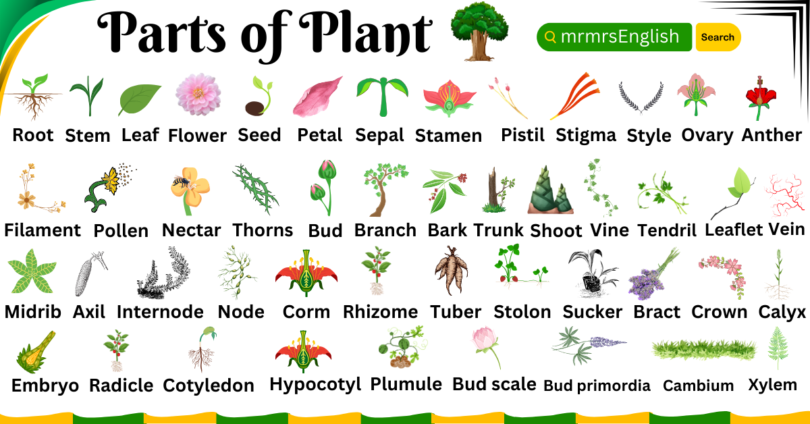
















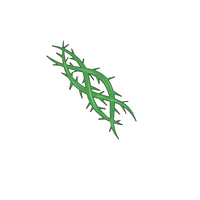
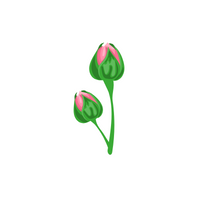
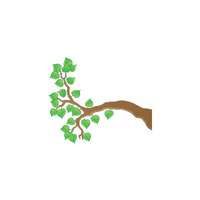
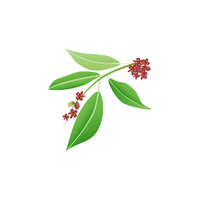
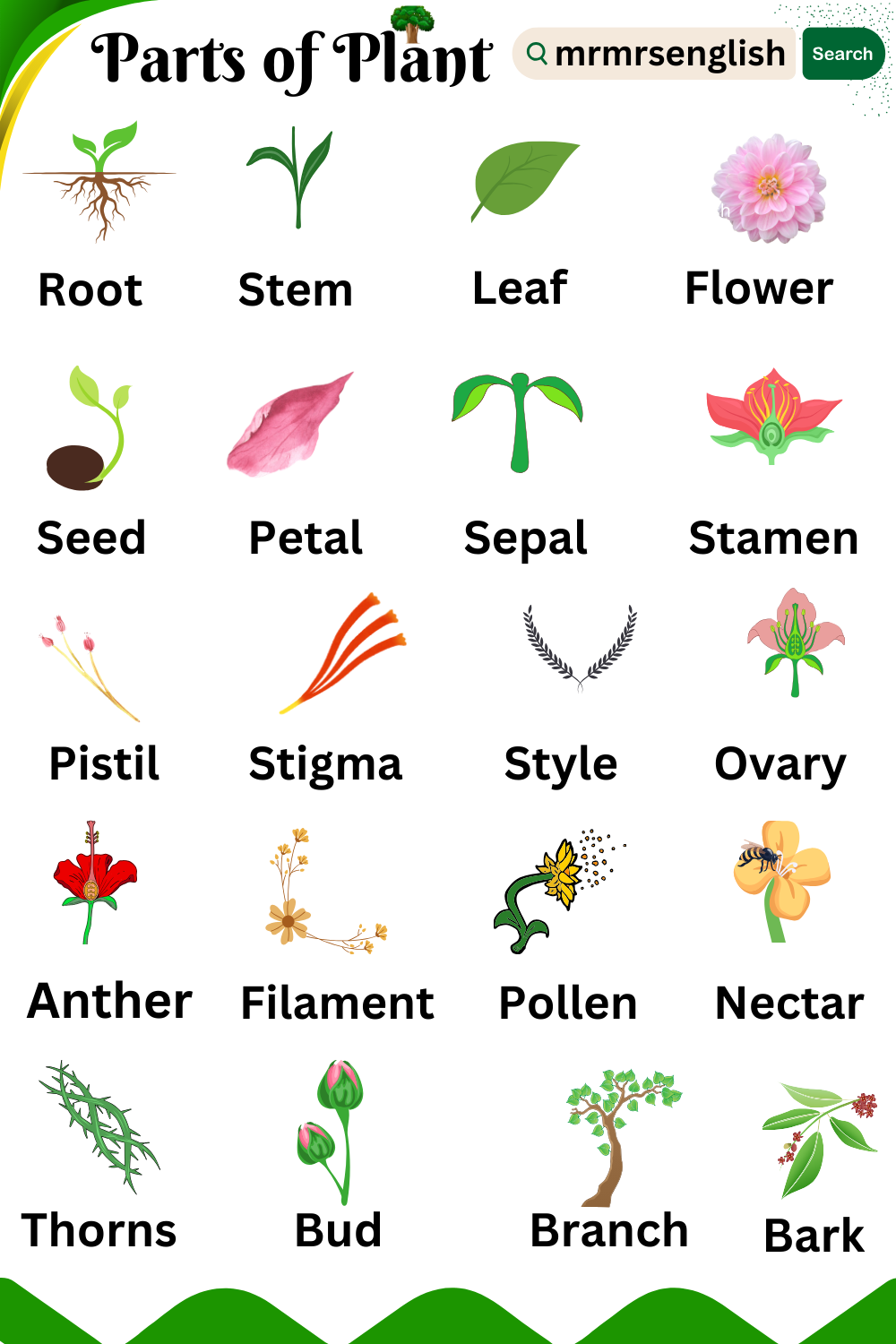
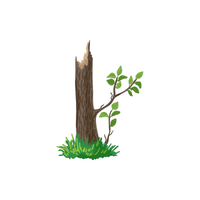
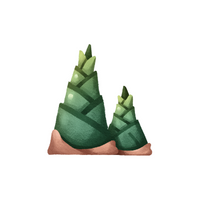
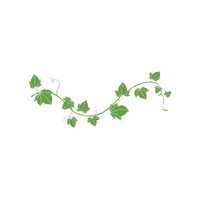


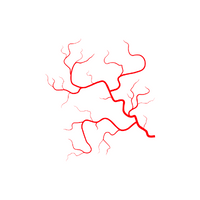
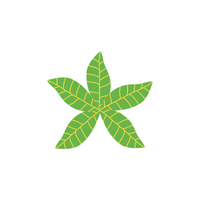
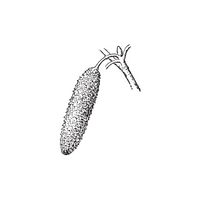
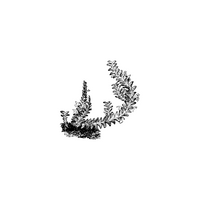
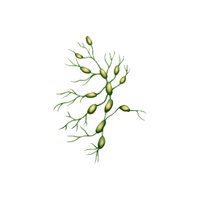

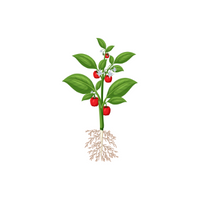
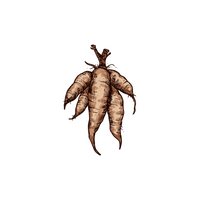
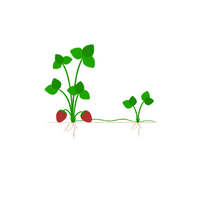
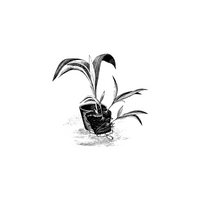
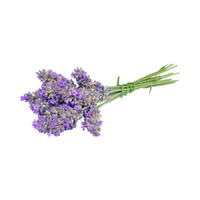
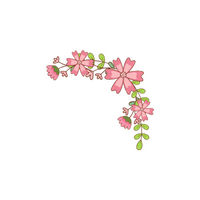
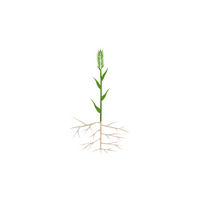
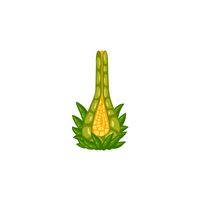
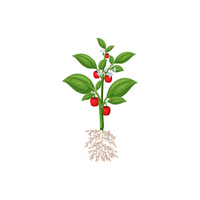
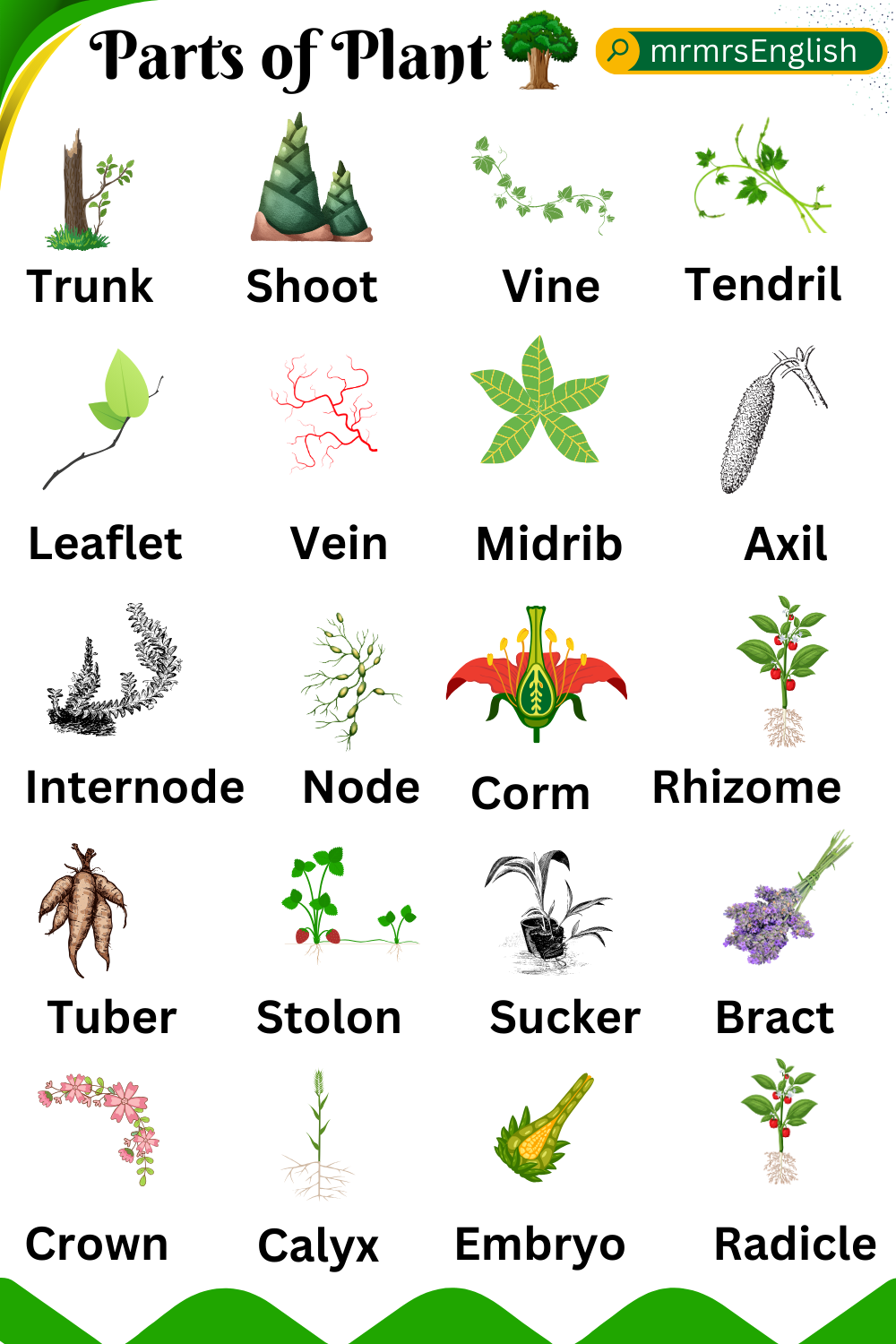

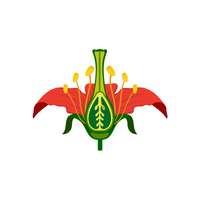
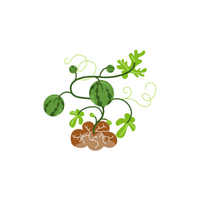
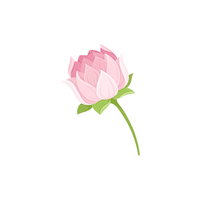
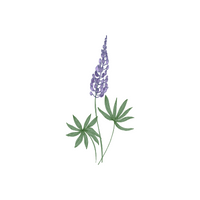
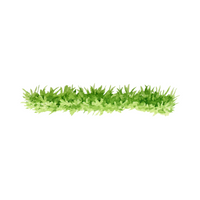
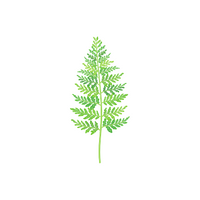
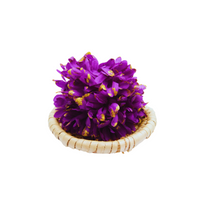
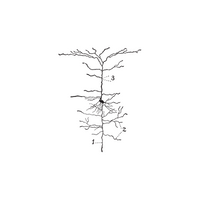
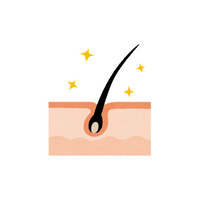
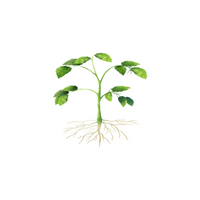
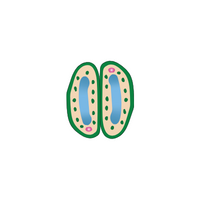
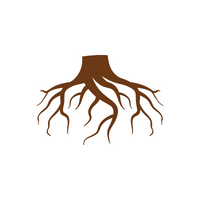
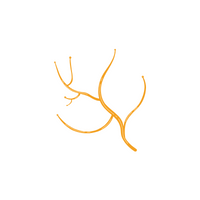
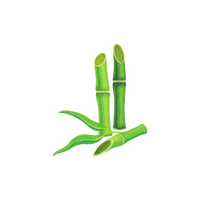
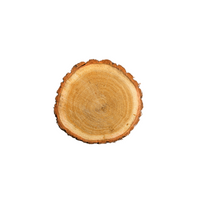
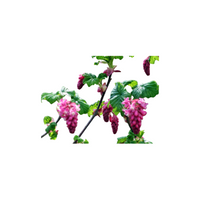
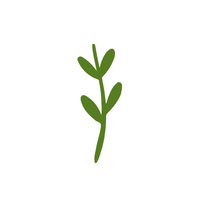
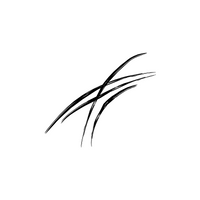
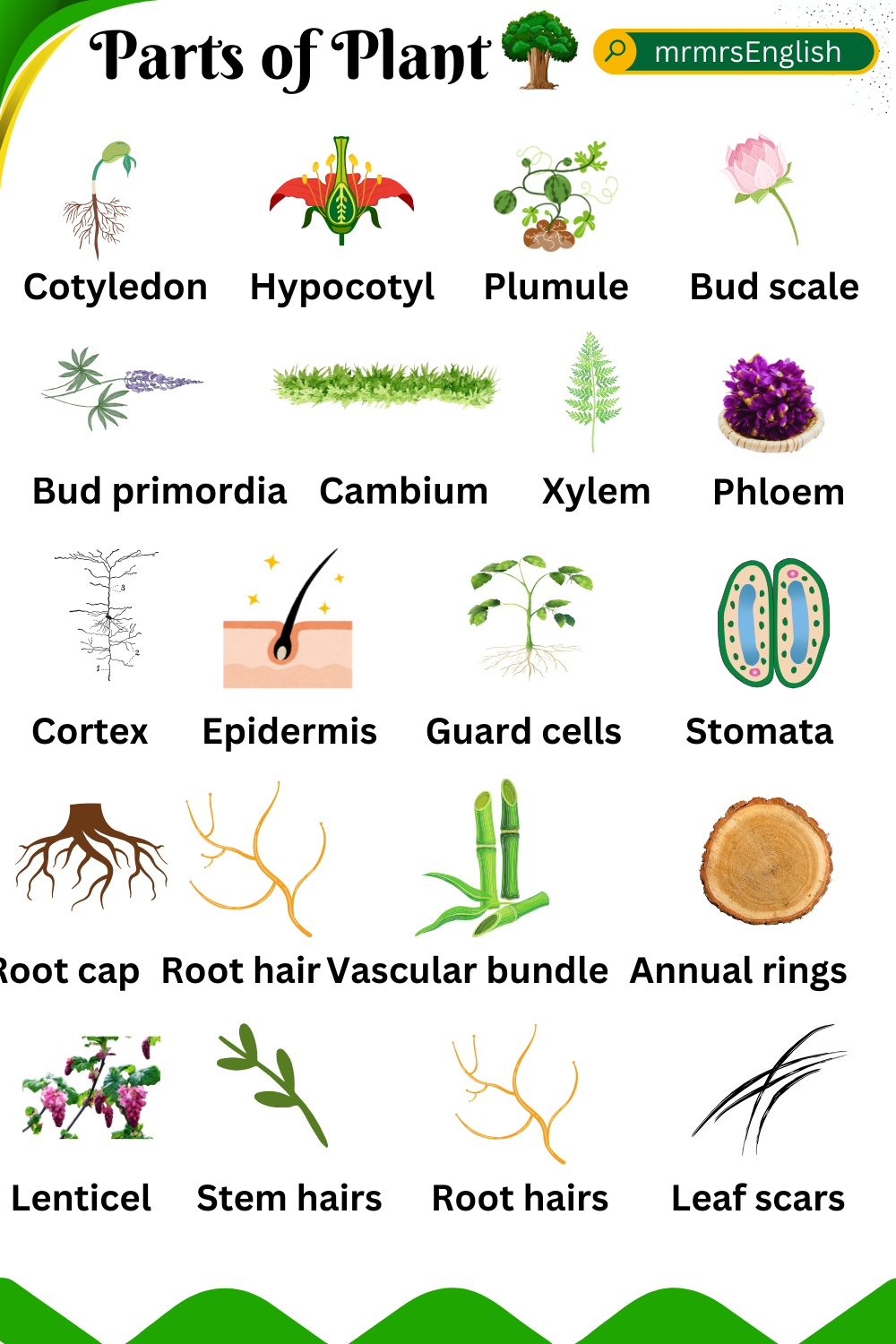
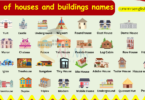
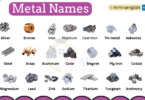




Leave a Comment